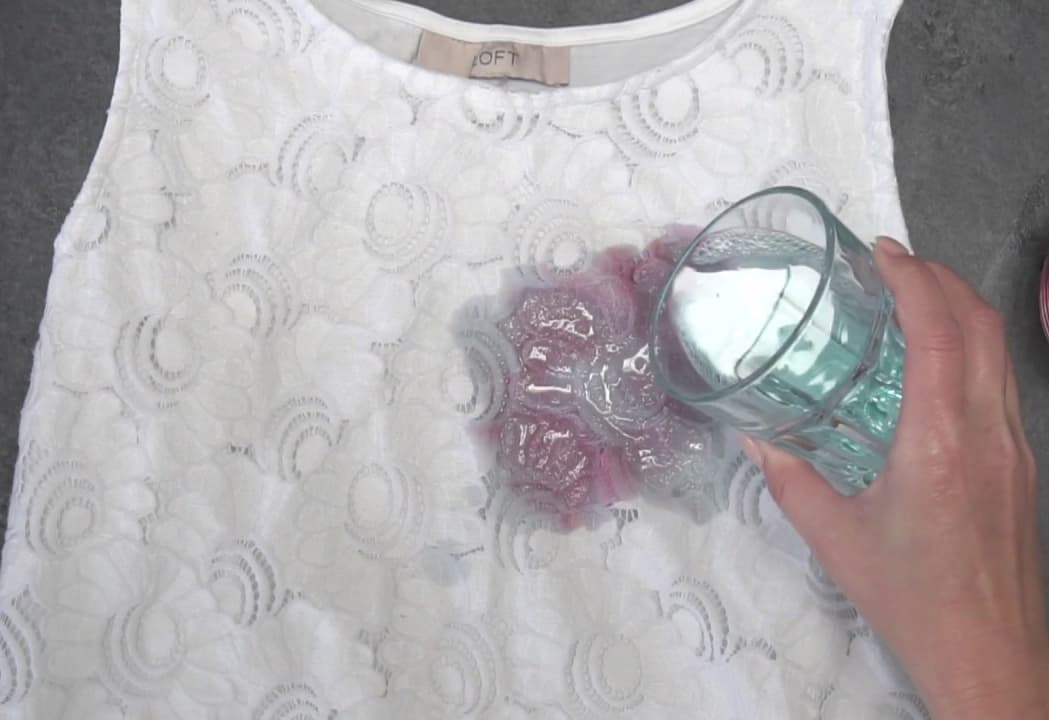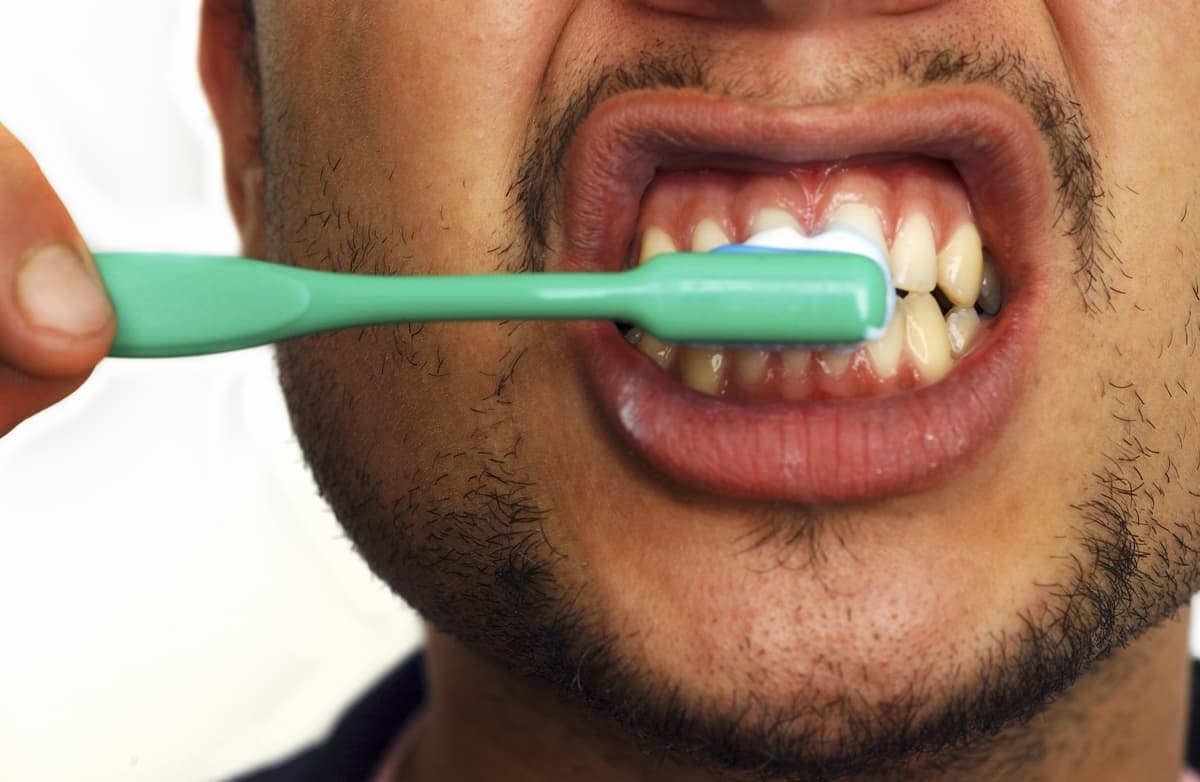Many people know hydrogen peroxide because it was the stinging, bubbling liquid that their parents forced on their cuts when they were younger. The chemical compound H202, aka hydrogen peroxide, acts as an antiseptic, antibacterial, and bleaching agent. Since it is relatively safe to use hydrogen peroxide, it can be used to whiten teeth, clean ears, and care for the skin…who knew?? It can even be used to clean your entire house – if you know the correct way of using it. Keep reading to find out different hydrogen peroxide hacks that’ll make your life much easier.
Get Rid Of Ink Stains On Clothes
It’s almost impossible to remove ink from clothing, but not if you have hydrogen peroxide! Simply wet a cotton ball with hydrogen peroxide and dab it on the stain. Then, wash your clothes like you normally do. If it doesn’t work, you may need to use a heavy-duty recipe, a solution of one part hydrogen peroxide and one part ammonia. Make sure you use clear ammonia, and do not use the solution on silk or wool since ammonia eats through the proteins on these fabrics.

Get Rid Of Ink Stains On Clothes
Whiten Teeth
A 2004 study published in the Journal of Dentistry reported that hydrogen peroxide is effective in bleaching teeth. Make a solution of 1/2 hydrogen peroxide and 1/2 water, and swish it in your mouth for as long as you can, or at least 30 seconds. Spit out the solution if you feel pain in your mouth, and do not swallow it. According to a 2006 study in the same journal, higher concentrations could damage the enamel, so shorten the time you keep the peroxide in your mouth.

Whiten Teeth


